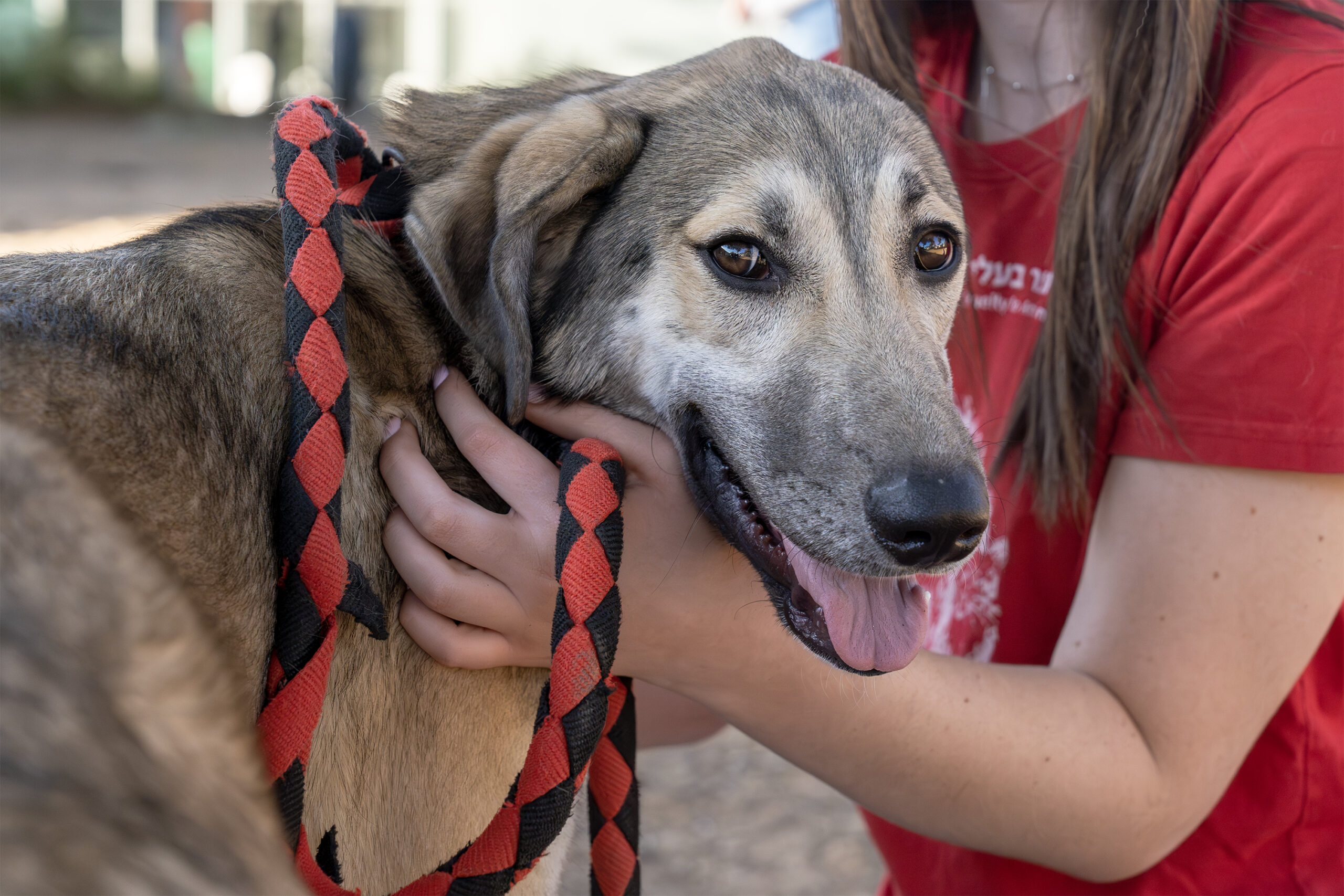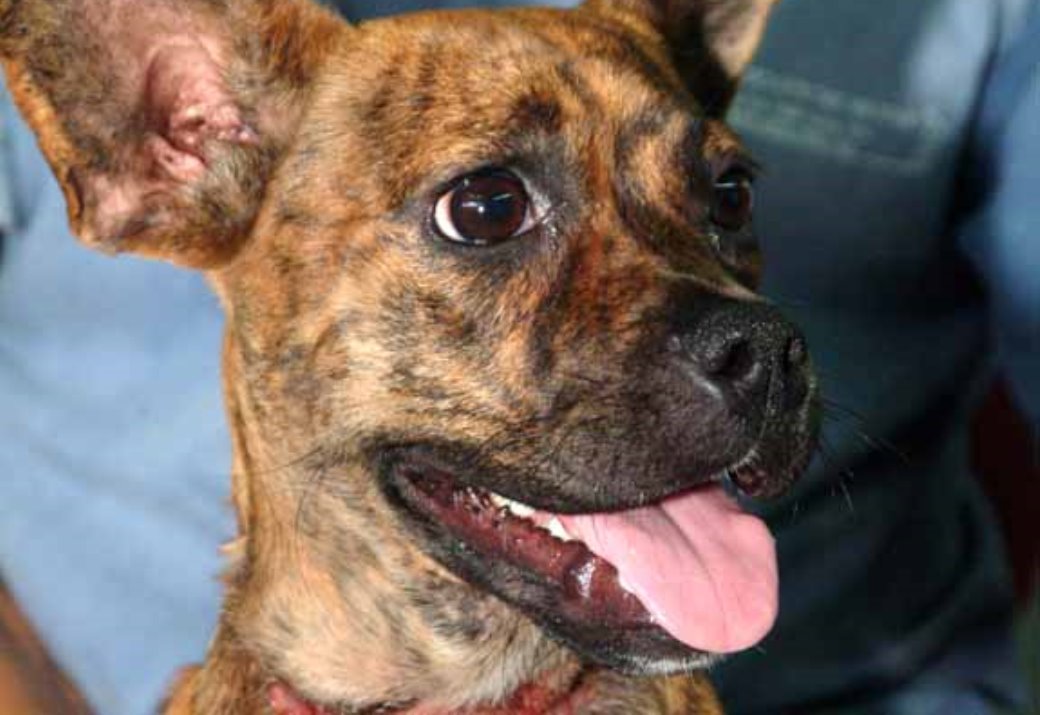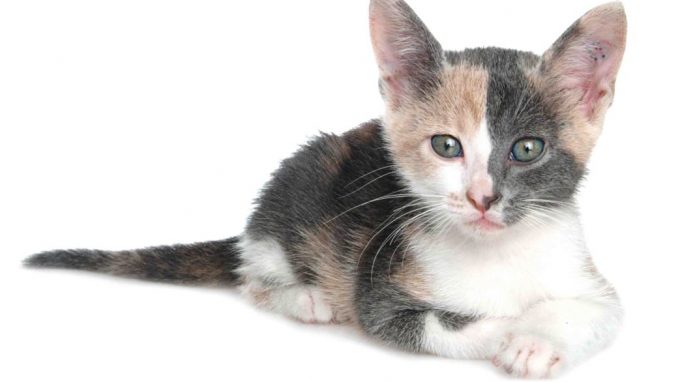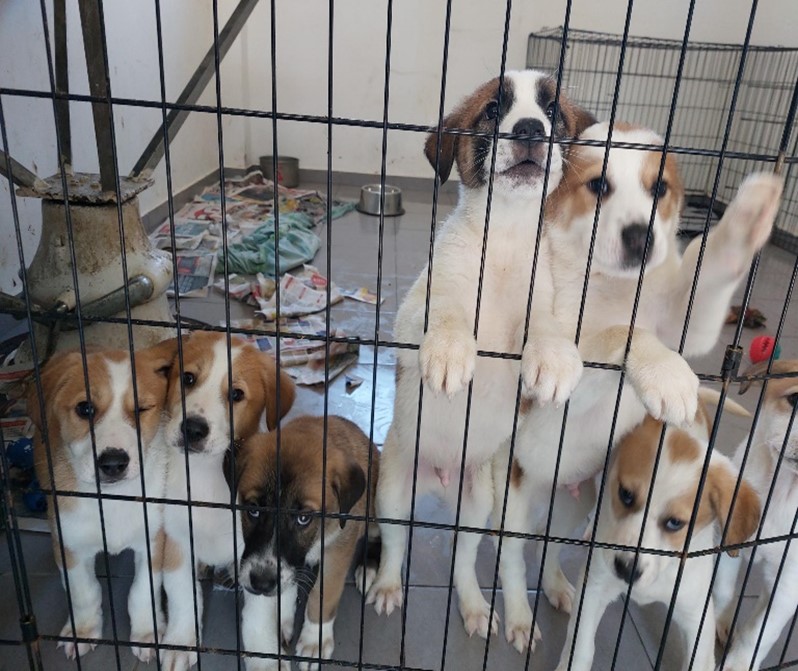The Battle Against Horse and Donkey Abuse Continues Unabated
Neglected horse and donkey will undergo rehabilitation in the Society for Prevention of Cruelty to Animals in Israel


If you love animals and are looking for a way to help, our dogs and cats are waiting for you!
Neglected horse and donkey will undergo rehabilitation in the Society for Prevention of Cruelty to Animals in Israel

MK’s from different parties and Rabbi Menachem Froman have joined the Society’s campaign calling to exchange the slaughter of chickens with the giving of charity when carrying out the custom of Kapparot

A female mixed French bulldog puppy was tied in a criminal fashion that endangered her life was treated at the Society’s clinic

Dermatophytosis is a medical term which means a fungal infection caused by a group of pathogens called dermatophytes

Every donation, even the smallest, will help us to help them